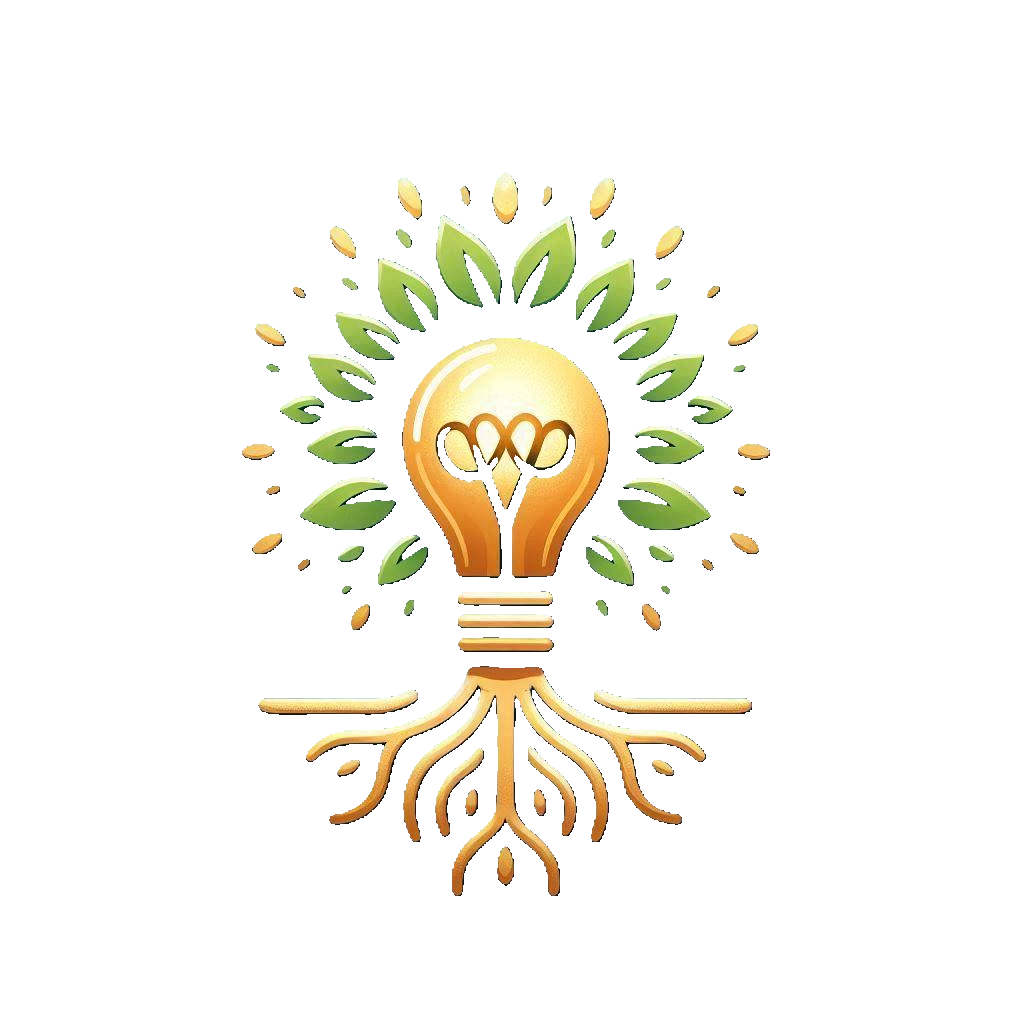Introduction
Effective notifications are crucial for modern businesses, as they streamline communication, keep teams aligned, and help avoid critical delays. Optimizing notifications involves setting up systems that deliver the right information to the right people at the right time—without overwhelming them. This guide covers essential strategies and tools to make notifications a driver of business efficiency.
Section 1: Understanding the Role of Notifications in Business Efficiency
1.1. Purpose of Notifications
- Enhancing Awareness: Keep employees and management updated on key events, deadlines, and updates.
- Supporting Decision-Making: Timely notifications help decision-makers access relevant information quickly.
- Improving Responsiveness: Real-time alerts allow teams to respond promptly to issues, reducing downtime and minimizing risks.
1.2. Types of Business Notifications
- Operational Alerts: For system status, maintenance, and other internal operations.
- Customer Notifications: Order updates, feedback requests, and promotional alerts.
- Compliance Updates: Alerts for regulatory changes and policy updates.
- Performance Alerts: Metrics on productivity, sales, and other KPIs.
Section 2: Building an Efficient Notification Strategy
2.1. Setting Notification Priorities
- Critical Notifications: High-priority alerts for events requiring immediate action (e.g., system failures, urgent customer requests).
- Informative Updates: Lower-priority notifications that keep employees informed without requiring immediate action.
- Actionable Insights: Alerts based on performance metrics or customer feedback to encourage improvement.
2.2. Customizing Notifications Based on Roles
- Tailor notifications according to the roles of employees to ensure they receive only relevant information.
- Executives: Strategic updates and KPIs.
- Managers: Team performance alerts and workflow updates.
- Support Staff: Customer service requests and operational alerts.
2.3. Establishing Notification Channels
- Use a mix of communication channels to ensure notifications are accessible while avoiding overload:
- Email: Ideal for detailed information that can be reviewed later.
- SMS: Quick alerts for time-sensitive issues.
- In-app Notifications: For ongoing updates in frequently used applications.
- Project Management Tools: Notifications integrated with project tools for task-specific updates.
Section 3: Implementing Tools to Optimize Notifications
3.1. Choosing Notification Platforms
- Slack / Microsoft Teams: Great for team collaboration and quick updates.
- PagerDuty: Ideal for incident alerts and managing on-call teams.
- Salesforce / CRM Systems: For customer and sales-related alerts.
- Monitoring Tools (e.g., Datadog, New Relic): Real-time alerts on system performance and health.
3.2. Leveraging AI for Smarter Notifications
- Automated Prioritization: Use AI to categorize alerts by priority based on historical data.
- Predictive Notifications: AI-based tools can predict potential issues, sending proactive alerts.
- Behavioral Insights: AI analyzes user behavior to determine the optimal time for notifications.
Section 4: Best Practices for Effective Notification Management
4.1. Avoiding Notification Overload
- Consolidate updates when possible to avoid bombarding employees with multiple alerts.
- Use “digest” notifications that bundle lower-priority alerts into a single, summarized update.
4.2. Establishing Clear Guidelines
- Develop notification policies outlining who receives what alerts and at what frequency.
- Encourage employees to adjust personal notification settings to suit their workflow.
4.3. Reviewing and Refining Notifications Regularly
- Gather feedback from employees on notification usefulness and frequency.
- Periodically audit notifications to ensure they’re still relevant and not excessive.
Section 5: Monitoring the Impact of Notifications on Business Efficiency
5.1. Measuring Response Times
- Track how quickly teams respond to critical alerts to measure improvements in efficiency.
5.2. Analyzing Notification Engagement
- Use analytics to review open rates and response times on different channels.
- Identify trends in notification engagement to adjust timing and channel preferences.
5.3. Continual Optimization
- Regularly assess how notifications impact team productivity and customer satisfaction.
- Refine the notification strategy as business needs evolve or as new tools become available.
Conclusion
Optimizing notifications is a powerful way to enhance business efficiency by delivering timely, relevant information and minimizing distractions. By establishing a well-structured notification strategy, using the right tools, and consistently evaluating effectiveness, businesses can make notifications work as an essential asset in achieving operational goals.
Further Resources
- Webinar: Leveraging Notifications for Team Productivity
- Checklist: Setting Up Efficient Notification Systems
- Whitepaper: The Future of AI-Driven Alerts in Business
This guide is designed to help your organization maximize the benefits of notifications while minimizing distractions, making notifications an indispensable part of your efficiency toolkit.
